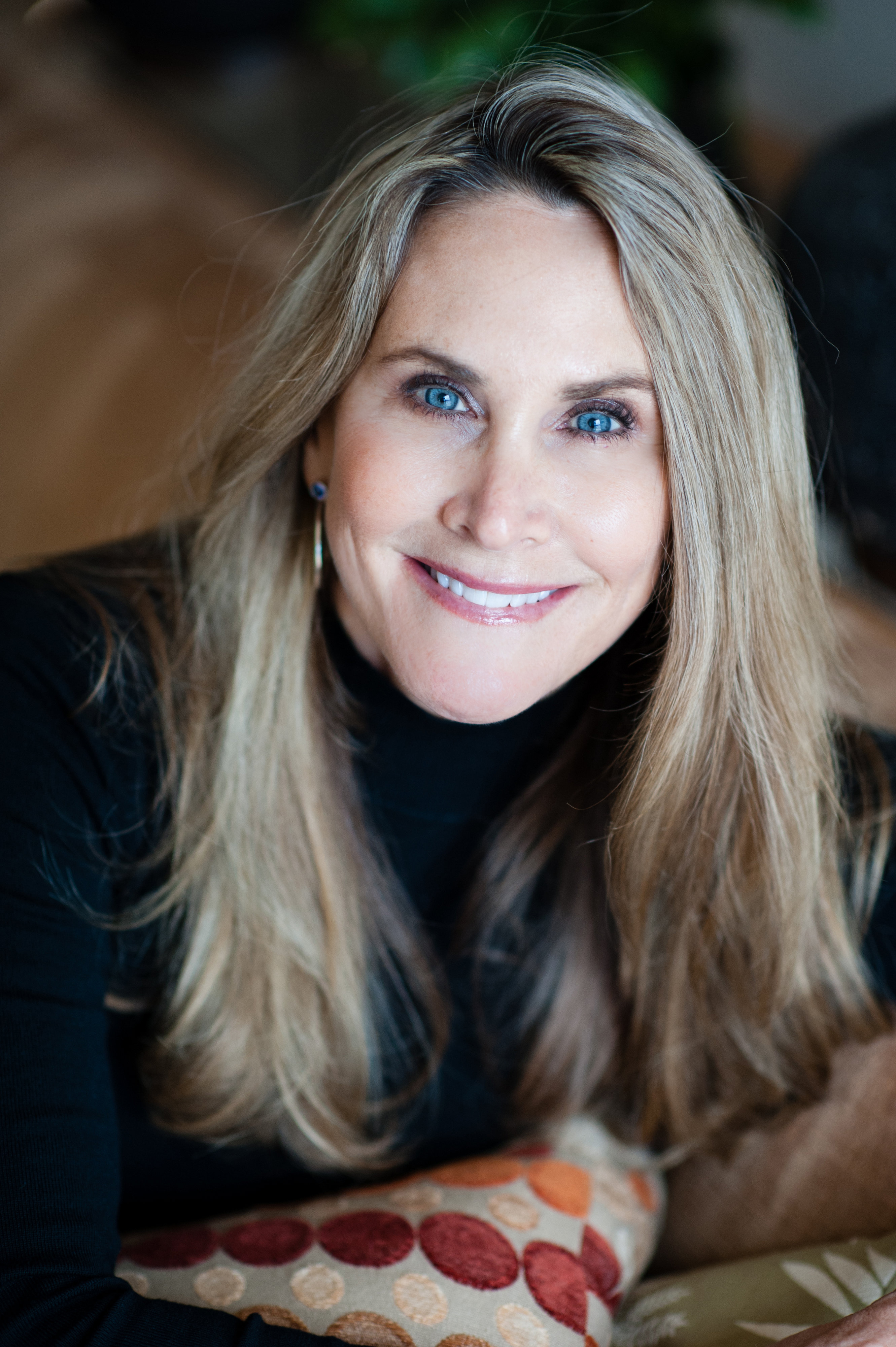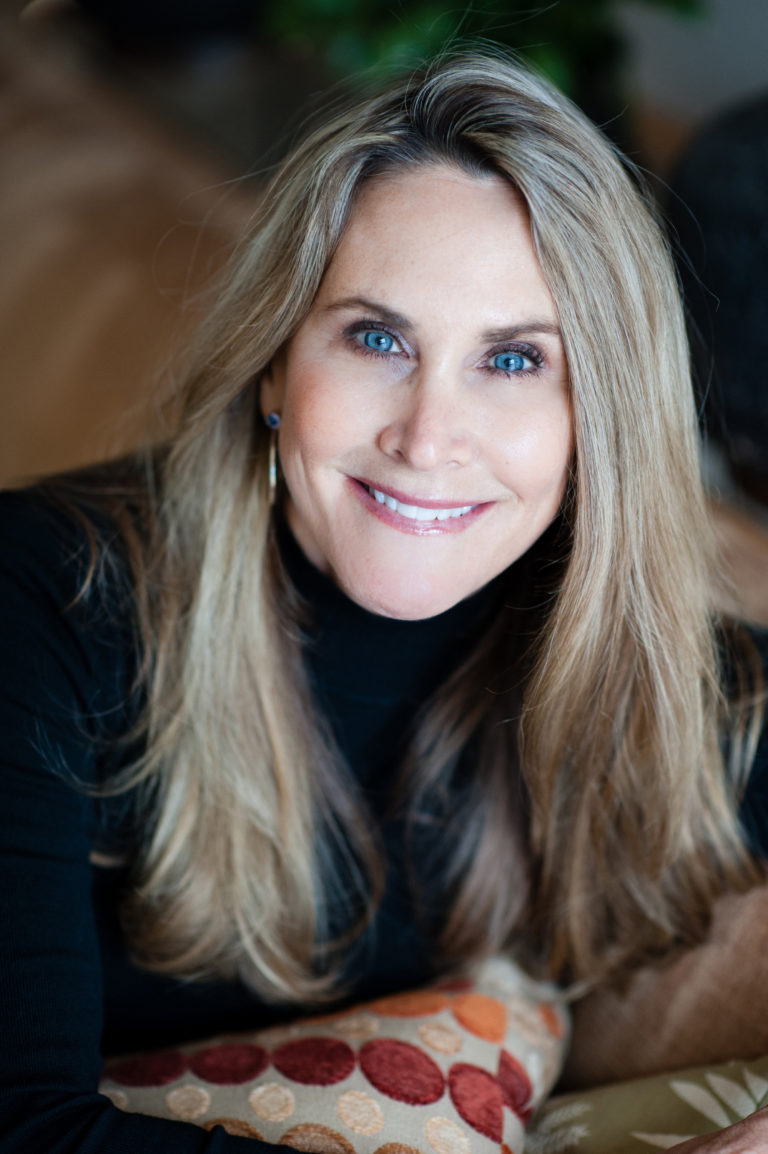Few wellness brands can say that they were formed within the four walls of an operating room. Soothing Scents formally launched in 2004, but really started a few years before, when a nurse anesthetist from Maine was trying to figure out a way to lessen the discomfort of post-op nausea experienced by her hospital patients. That nurse anesthetist was Wendy Nichols (BSN, APRN, CRNA), founder and director of creative development at Soothing Scents Inc. We spoke to Wendy about how Soothings Scents began, how essential oils are gaining popularity in hospitals, and how to spot a bad essential oil product.
On making the connection between essential oils and nausea relief
WN: Nausea is a pretty big problem in anesthesia. So many things cause it in the perioperative environment, and it’s our job — along with the nursing staff — to relieve it. An age-old technique for nausea is inhaling the vapor of isopropyl alcohol. Unfortunately, patients have negative associations with the smell.
One night while using the alcohol vapor with a nauseated c-section patient, I had a sudden thought about essential oils. I knew they contained high amounts of natural alcohols, and obviously smelled significantly better than alcohol prep pads, so I figured they may be a more effective option.

On how it all started
WN: So that night I went home to get a product that I was sure someone had, but couldn’t find anything. There were essential oil companies that bottled oils, and there were studies on the efficacy of essential oils in reducing nausea, but no one had combined the two, and no one had provided a delivery method that would pass the safety test of the medical sector. So, it became an obsession, something I researched extensively for months, after which I felt bold enough to start blending.
The hospital I worked at gave me the green light to use them with my patients. After a few weeks, I couldn’t keep enough of them in the hospital, they had become so popular. So I asked my entrepreneur brother for advice, and he immediately got the product, and what I was trying to do. We met up in Idaho and agreed to start this little business together, and how we were going to go about it. And that’s how it all started.
On the attitude towards essential oil therapy in the medical sector
WN: Surprisingly, the general attitude has been overwhelmingly positive. In fact, the most prevalent question we get is how quickly we can get it to the nurses.
Most nurses are familiar with positive attributes of essential oils for wellbeing, and that vapor inhalation is the safest and fastest route for the healthcare environment. I have been surprised (and gratified) to see how easily and quickly QueaseEASE (Soothing Scents’ original product) gained traction in venerable institutions like the Mayo Clinic. They were actually one of the earliest adopters of our product.
On educating people in the field of essential oil therapy
WN: Essential oil therapy for the healthcare environment requires competency, just like any other patient intervention. Nurses and other healthcare providers rely on evidence-based practice standards to ensure their patients’ safety. A key mission of ours is to promote and support studies and referenced educational material for hospital-based essential oil use, which we have proudly done since our inception.
Our latest initiative, in collaboration with the ANCC, is a certified nurse competency course that provides up to date research and evidence-based practices for using therapeutic inhaled essential oils (TIEO) for nausea and anxiety in the healthcare environment. We are extremely proud of it, and feel incredibly fortunate to be able to offer it free to our nursing colleagues.
Last week at the ANCC Magnet conference in Houston, I heard time and again, how important this course has been in ensuring acceptance of essential oil therapy use in hospitals.
On how to spot bad essential oil products
WN: Probably the fastest way is by price.
If someone is selling an essential oil product to a healthcare facility for half the standard price, they are very likely cutting corners
on the quality of the essential oils and/or the safety of the delivery system. When we first started up, over a year was spent sourcing essential oils that are ethically produced and rigorously tested for therapeutic efficacy. We voluntarily employ the World Health Organization’s good manufacturing practices and routinely conduct microbial tests on our products to ensure safety for use with immunosuppressed patients. While these are not the cheapest production methods, they are by far the best and safest for healthcare.
On what she hopes to achieve with Soothing Scents
WN: Simply put, we hope to build a bridge between conventional and alternative medicine. Our mission is to provide healthcare facilities with evidence-based, natural remedies that have been designed for safe patient use.

